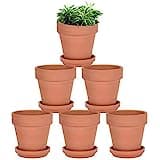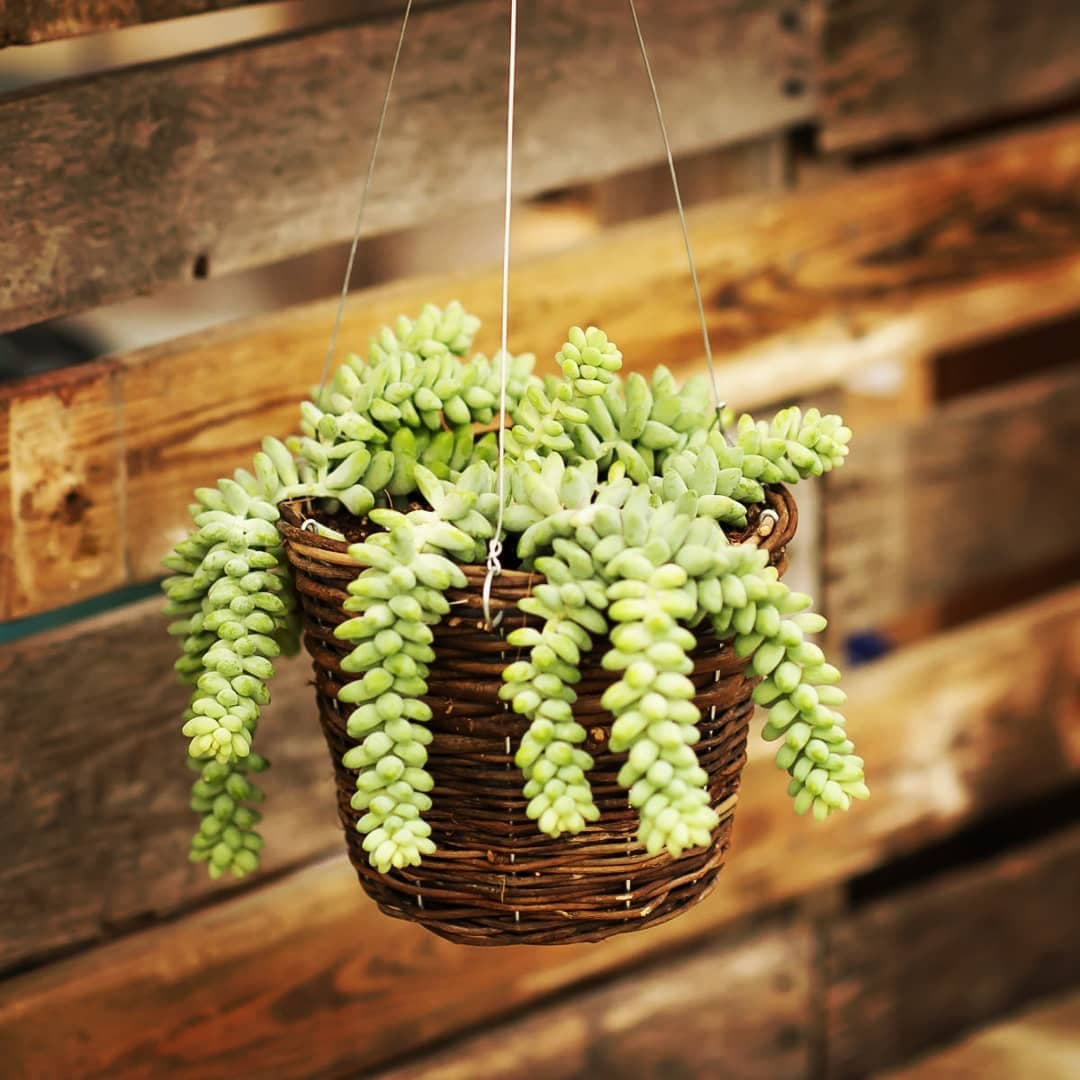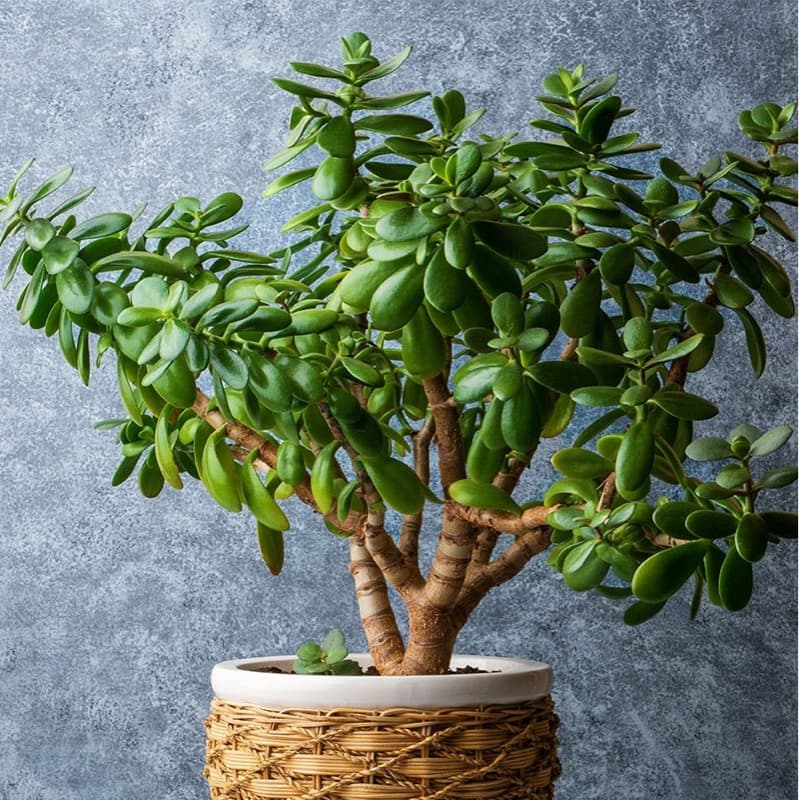Secrets for Growing Lithops
Posted by Grace on January 2, 2023
Lithops are magical plants. They are of many colors and patterns. They are both resilient and fragile at the same time. They propagate “like mammals” in my son’s word. Their butt-like look is “not work-safe” in my colleague’s word. The best care you can provide is to let them alone. All these weirdnesses make me fall in love with Lithops.
Some of the Lithops from over 200 Lithops collection. People have been telling me that:
- The lithops quickly died after receiving their orders.
- They have no confidence to keep Lithops alive.
- The Lithops seem not growing.
I would like to use the post to address all the problems and share all my secrets in growing lithops successfully as house plants.
Sunshine
Lithops are native to Southern Africa, where they are accustomed to intense sun. To grow Lithops indoor, place them near a south-facing window where it receives bright, direct sunlight for 4–5 hours each day. They need sunlight to grow. Insufficient or indirect sunlight can cause elongated leaves and lost patterns.
However, if you just receive the Lithops from the plant mail, introduce the plants to the heat and sun gradually. Place them indoors with indirect sunlight for a few days, so that they can get used to the environment first. Then place them near the south-facing window. Bringing Lithops to the full sun directly from the package could burn them easily. Once they are burned, they die immediately.
Water
As Lithops have the capacity to store water for months in their leaves, they can survive without water for months. However, overwatering can lead to puffy plants, rotten roots or skins, and even to their demise. This kind of death happens overnight.
Lithops should be left completely dry throughout Winter and Spring. During this time, new leaves (I called them babies) are being developed within the older leaves. Do not remove deteriorating old leaves as the babies are still drawing water from them. Do not water even the soil is completely dry. The outer leaves will eventually fall away on their own. You can easily tell there is a baby inside if you gently squeeze the body and find it very firm. By early Spring, the new body should be visible. Watering can be resumed once the remains of the old body are completely shriveled and dry. It is important to water them because this is the time when they revive their root and grow in size.
Soil
Soil is the most important factor in growing Lithops successfully. Desert sand is my all-time secret for being a successful Lithops grower. Sand provides fast drainage, which is always error-proof if you are a new Lithops grower worrying about overwatering.
I tried cactus mix, potting mix, and pumice, but they did not work as perfectly as sand. For other succulents such as Jade Plant or Echeveria, the cactus mix may be okay. To Lithops, it holds too much moisture, which would develop root rot or could spur the development of pests, such as mealybugs, that can attack the roots. Surprisingly, sand is also the cheapest option of all.
Pots
The kind of pot you use is as important as soil. I only use terra cotta clay pots with drainage holes. They provide the best porosity, meaning that the soil is better able to dry out between waterings. I don’t use plastic pots glazed ceramic pots or terrariums, as they gather too much humidity for these dry climate natives.
Shipping
Because of Lithops’ enduring nature, Lithops can stay wrapped for a long time. This makes very easy to ship them to one place to another. It is totally okay to order them from online stores. Before shipping, dig out the Lithops from the pots. Please note that, avoid pulling the Lithops out from the dirt directly, which would hurt the roots seriously. Use a finger to dive in the dirt next to the Lithops, and wiggle the finger to loosen the soil, and gently “scope” the plant out of the dirt.
Gently shake off all the dirt, trim the roots lightly, and keep them in a cool dry place to dry the roots. Once the roots look yellow rather than white, I wrap one lithops with a sheet of paper towel.
Gently place all the wrapped lithops in the shipping box and fill the box with soft fillers, in order to prevent damages during transit. Tape up the box and it is ready to ship. Lithops can be in transit for months. I would not worry whether shipping time could damage the plants if it could take a long time for your order to arrive.
Other Dos and Don’ts
-
When the other leaves are dry, don’t rush to peel off the dry leaves. Dry leaves tend to have sharp edges. When you are peeling them, they may pinch into the new leaves. I did it once, and a gasp of water came out of the new leaves. After a few days, the new leaves completely withered.
-
Don’t put Lithops in the same pot with other succulents, because Lithops requires different soil and level of water intake.
I hope you find useful information here. As always, I hope Lithops brings you joy.






